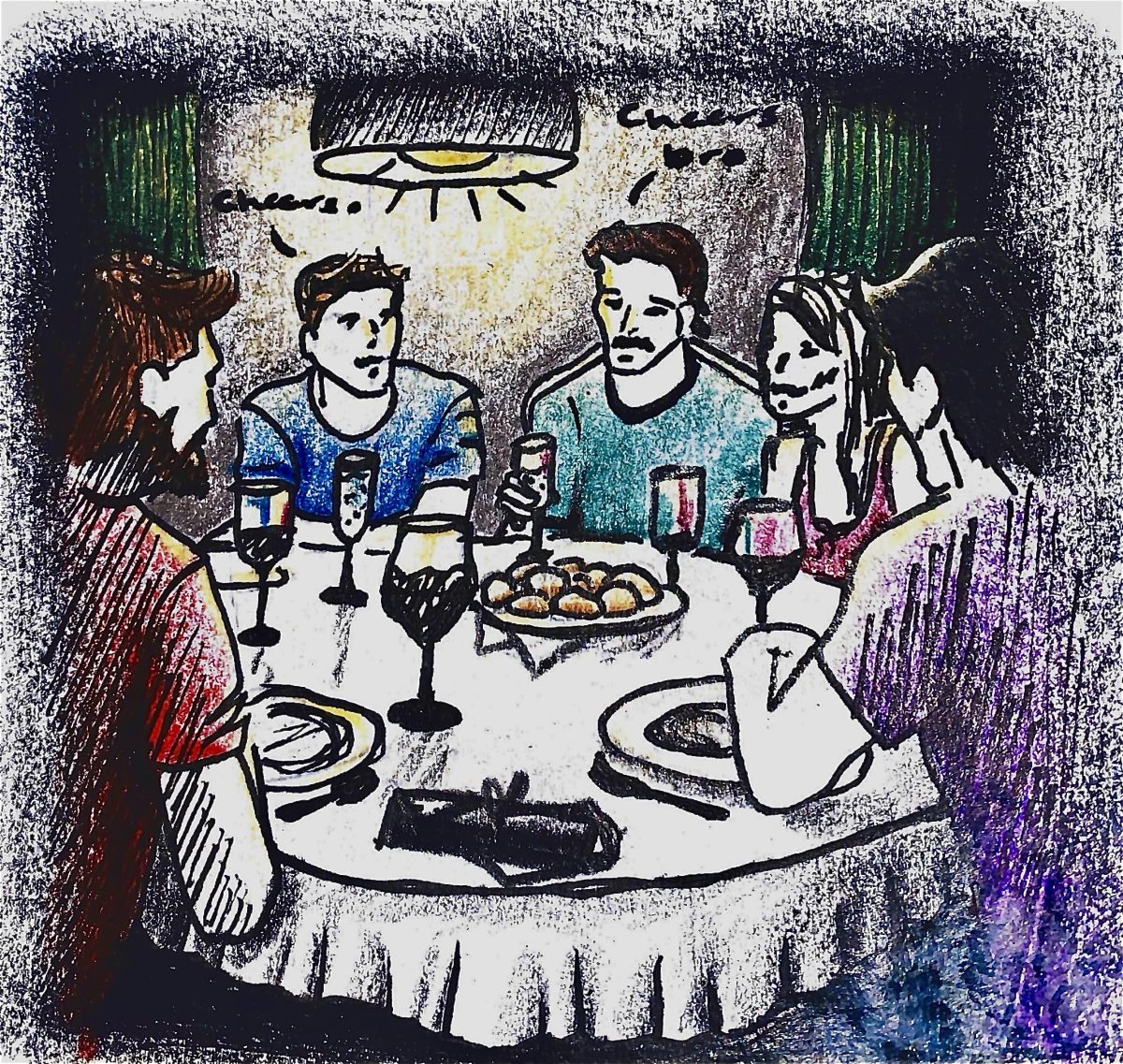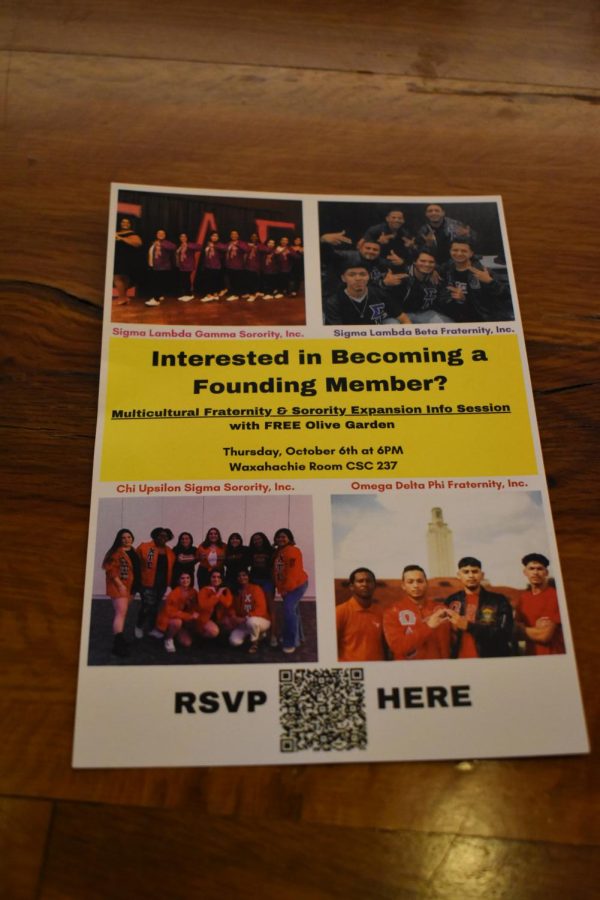Jenefer Robinson, professor of aesthetics at McMicken College of Arts and Sciences in the University of Cincinnati, held a lecture titled, “Expressing Emotions in Pictures.” The event was held in Chapman’s Great Hall and was part of the 2015-2016 Stieren Arts Enrichment lecture series. The event was free and open to the public and it was followed by a food and drink reception for those in attendance.
Robinson was also invited to Trinity as a guest speaker for a course titled “Philosophy of Music,” taught by Andrew Kania, associate professor of philosophy.
“Often people think that [music is] a particularly tough art to think about emotional expression and, because music doesn’t paint a picture in the literal sense “¦. With pictures, often people think, “˜oh that’s easier …’ [However,] there are lots of other ways in which painters make their paintings sad than just depicting people: you can depict a landscape and have a very sad, “¦ without a person in it. So, in a sense, I think, thinking about paintings and also thinking about music at the same time can help you see commonality between what you might have thought of as very different arts, particularly when it comes to expression.” Kanina said.
In her lecture, Robinson established that art expresses and manifests emotion, describing emotional attitude as the unifying expression in a successful picture. Several renowned paintings, such as Edvard Munch’s “The Scream” were used as visual aids and examples of works of art that effectively portray human emotion.
“By manipulating figure, scene and expression, the artist can convey his [or her] emotional attitude to the scene [he or she] depicts. “¦ The artistic expression of a point of view or emotional attitude enables viewers to understand what the world looks like from [a different] emotional perspective.” Robinson said.
According to Robinson, works of art that are great works of romantic expression invite the development of empathy in viewers. In successful art, the artist controls the perspective with which viewers are encouraged to approach the work.
“I certainly feel that [the lecture] put into words a way of articulating expression in painting that I didn’t have words for yet. “¦ It will help me to pay attention to the ways that design can express emotion in art,” said Nikita Viswasam, a Trinity alum who attended the event.
“I find that it’s interesting to know the different theories on how emotion comes into being from art and literature. Different theories suppose different things, [about] which is more important, what the author is intending the emotion to be or what you are actually feeling. I find that interesting, that big question, whether what I am feeling is actually what the author intended and, if so, how are they so good at being able to convey that,” said Imon Ferguson, a senior physics major enrolled in Kania’s course.
Students of all majors and class standings are encouraged to attend the Stieren Arts Enrichment lectures, which generally take aspects of certain disciplines and relate them to topics not only those in particular fields of discipline can understand.
“”¦ Everyone enjoys art of some sort, and usually people are puzzled by some kinds of aspects of the art they experience. It doesn’t have to be high art: oil paintings or classical music,” Kanina said. “I think those sorts of questions occur to a lot of people in their everyday lives in terms of their experiences with the arts. So that’s why I think doing some philosophy of the arts is extremely important for everyone.”











